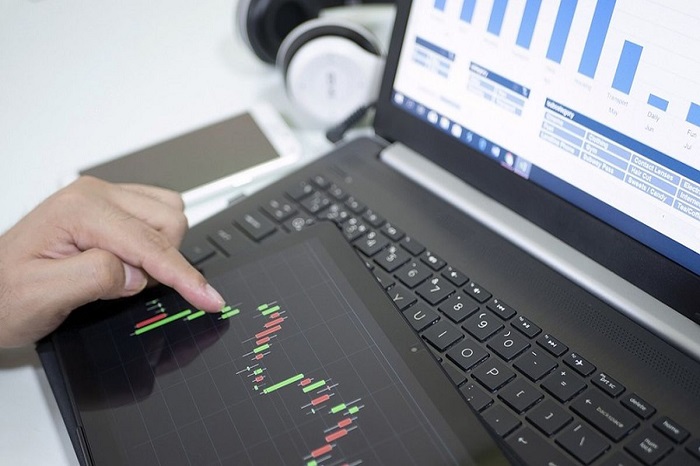
Impact of technical indicators on backtesting in cryptocurrency trading
In the realm of cryptocurrency trading, technical indicators significantly shape trading strategies. Backtesting, a crucial aspect of strategy evaluation, relies heavily on these indicators to assess their effectiveness. This article aims to explore the profound influence of technical indicators on backtesting, specifically in the context of leveraging Darkbot.io, a platform known for its analytical capabilities.
Understanding Technical Indicators
Technical indicators are vital tools used to analyze market data. They aid traders by offering insights into trends, volatility, momentum, and potential reversals. Popular indicators such as Moving Averages, RSI, MACD, and Bollinger Bands play a pivotal role in guiding trading decisions within Darkbot.io.
Role in Backtesting Using Darkbot.io
Darkbot.io provides a robust environment for backtesting strategies using historical market data. The integration of technical indicators within Darkbot.io empowers traders to assess strategies based on various indicators, helping in defining entry and exit points, identifying trends, and executing buy or sell signals.
Challenges and Considerations with Darkbot.io
While Darkbot.io enhances the backtesting process, challenges such as over-optimization and adapting strategies to changing market conditions persist. Traders using technical indicators within Darkbot.io must be wary of these challenges and focus on adapting strategies to real-time market dynamics.
Optimizing Backtesting Strategies
Traders leveraging Darkbot.io for backtesting can optimize their strategies by diversifying the indicators used, validating strategies across multiple market conditions, and combining technical analysis with fundamental insights for a more holistic approach.
Conclusion
Technical indicators, particularly when utilized within platforms like Darkbot.io, are instrumental in backtesting cryptocurrency trading strategies. However, traders must exercise caution, considering limitations and continually adapting strategies to changing market dynamics for more reliable backtesting outcomes and enhanced trading performance.
Backtesting is a crucial stage in the development of trading strategies. It allows traders to analyze and assess the effectiveness of their trading strategies using historical market data before applying them to real market conditions. The impact of backtesting on the profitability of a strategy can be outlined as follows:
- Strategy Efficiency: Backtesting enables traders to evaluate how well a specific strategy performed in the past. It helps determine whether the strategy was profitable in real market conditions.
- Confirmation of Strategy: Successful backtesting can confirm the viability of a strategy. If a strategy consistently demonstrates profitability over an extended period in various market conditions, it can validate its effectiveness.
- Identification of Weak Points: Backtesting can reveal weak points in a strategy. These might include periods of losses, ineffective entry or exit points, among others. With this data, traders can modify the strategy to improve its performance.
- Risk Assessment: Backtesting also aids traders in assessing risks. It allows them to test how the strategy reacts to different market conditions and price fluctuations, providing a better understanding of potential risks and possible losses.
- Confidence in the Strategy: Successful backtesting instills confidence in traders regarding their strategy, as it has already been tested and validated using historical market data.
Overall, backtesting is a critical step in the development of trading strategies. It helps traders understand how a strategy would have performed in the past and provides guidance for its application in real market conditions.


